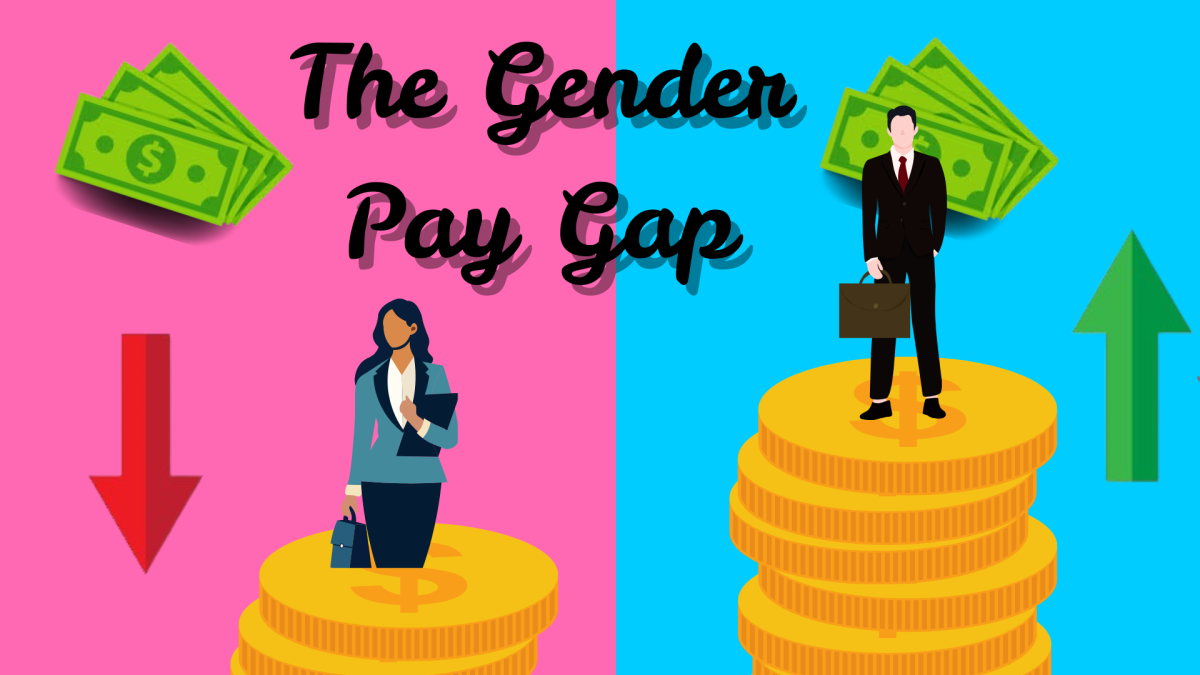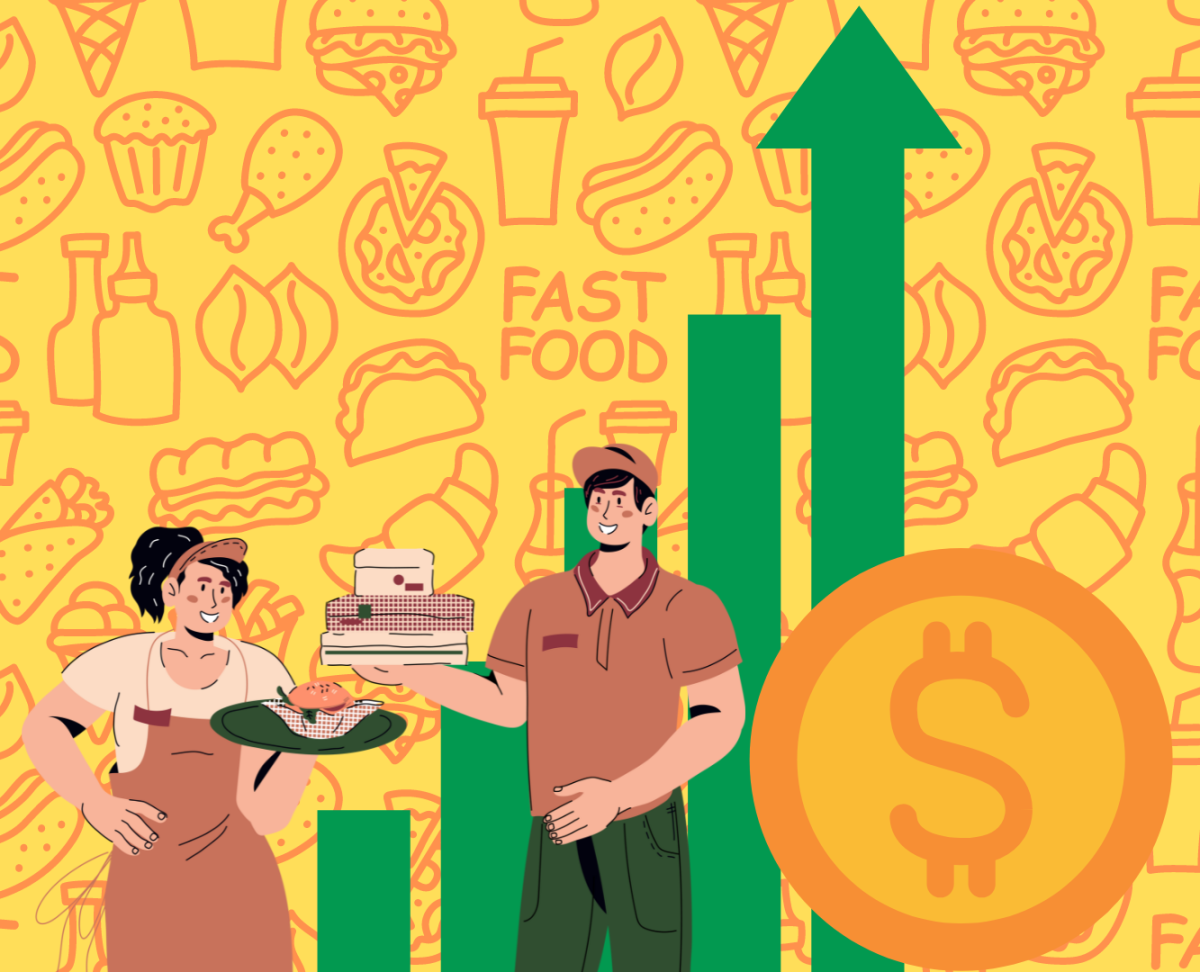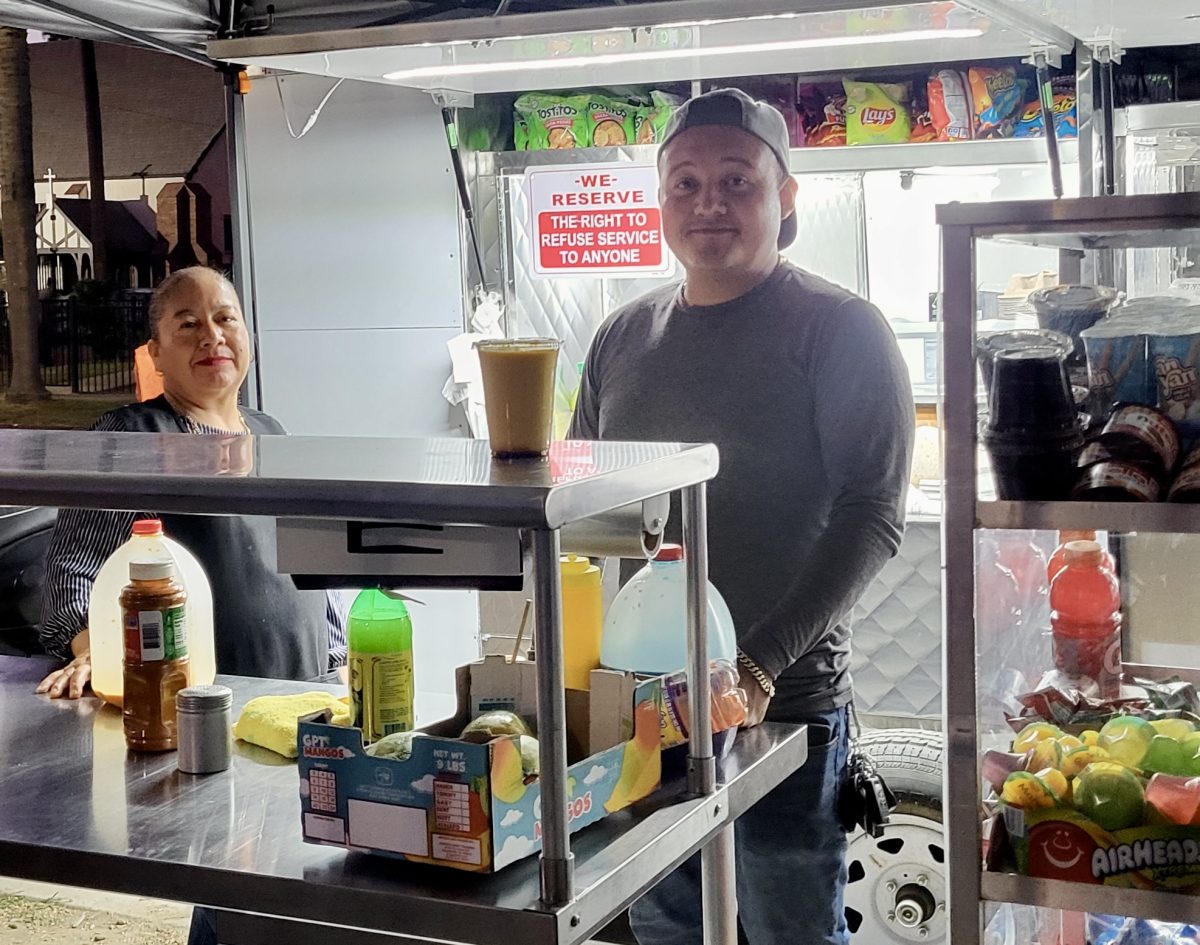Fast food workers make up 427,270 people in the state of California with the average worker receiving wages around $17.63 per hour as of May 2023. This has been an increase from the year prior with 394,660 people making up fast food workers and the average wage being $16.60 an hour. This wage has now jumped to $20 an hour, making California fast food workers some of the highest paid in the country for fast food workers.
On September 28, 2023, Gov. Gavin Newsom signed legislation AB 1228, which gave fast food workers a new minimum wage of $20 an hour when it came into effect on April 1 of this year. This was only for fast food chains with more than 60 establishments across the country. This has made fast food workers some of the highest-paid fast food workers in the country with their new $20 an-hour salary.
This legislation comes in response to the multitude of protests going around in California to change the current status quo for fast food workers. Many of them are protesting to get better wages and better working conditions from their establishments. This legislation also creates a Council that will focus on issues like these and make sure to take action to fix these problems.
However, there has been opposition to this new change in wages with people citing that it would affect businesses and ultimately customers. Many business owners cite that this change will make customer negativity surge due to businesses having to increase food prices and having to keep up with the wage increase, affecting the customer’s choices when purchasing their food.
This has been noted as something that has started to impact businesses. Perla Razo, an employee of California’s Teriyaki Grill, talks about how she feels about the new wage change.
“The restaurant, I believe, doesn’t meet the qualifications to get the wage increase, so I’m pretty indifferent towards it. The only thing that I did not like is that customers complained about raised prices due to the wage increase,” Razo said.
Her co-worker, Faviola Chacon sees a similar situation about how customers are impacted.
“For customers, it’s been harder for them to eat out because of the prices. The point of fast food was that it was accessible, but now that’s not the case,” Chacon said.
Not only have businesses noted going for an increase in prices, but also that they would have to resort to letting go of workers and cutting their hours in order to comply with this new law. This has been evident to be happening as workers have been losing their jobs with restaurants cutting 9,500 jobs from the fall of last year to January of this year.
This is something that Chacon has been hearing going around.
“I’ve heard of people getting hours cut off or people completely losing their jobs,” Chacon said.
Even with the potential negative impact this can have on businesses and customers, people have fought for this increase because of the current state fast food workers live in. Working in the fast food industry is not high-paying and many people who work these jobs cannot sustain themselves without the help of programs and other services to survive, especially as inflation has increased, making items like food more expensive to purchase.
Not only that, but many of these fast food workers had to work through strenuous periods in the country like the Covid-19 pandemic with many workers having to deal with potentially contracting Covid-19 or actually contracting the virus.
These factors have led to many workers wanting this wage increase across the state because they have to live paycheck to paycheck. Even if the impact of this increase may be more minor because of the current economic state of the United States with everything going up high in prices.
This is something that Chacon has seen how this wage increase would be good for workers even if this new change may be too much.
“To correlate with the increase everywhere else, I do believe it was needed. Perhaps not to 20 dollars an hour, but some increase was needed,” Chacon said.
This is especially true as the inflation spike caused by the pandemic has caused prices to continue to stay high even though inflation has started to cool down. With that increase, it is important to make sure to close the gap that is happening between inflation and a worker’s wage.


































